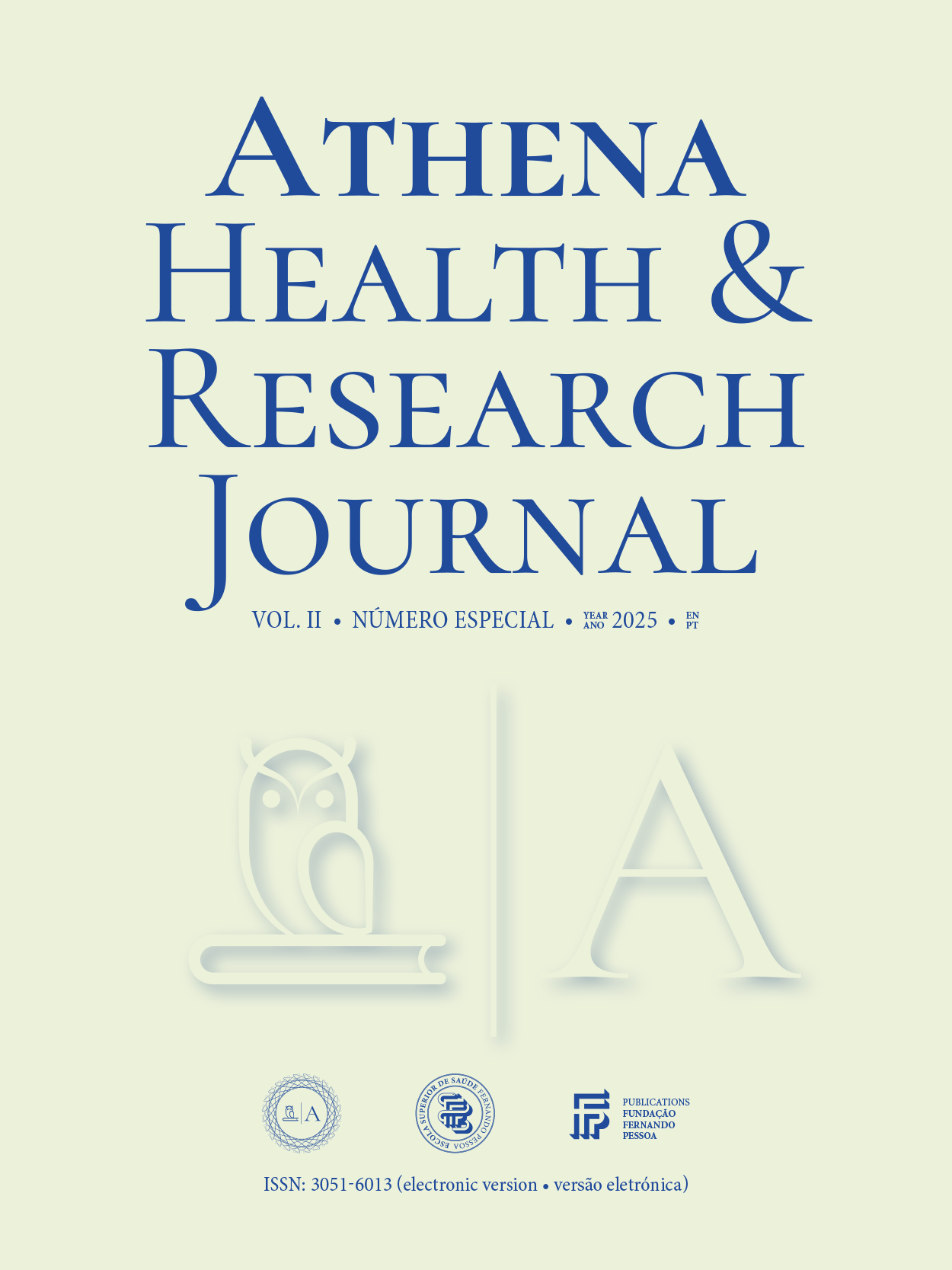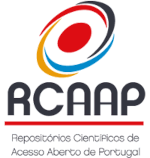Nanostructured lipid carriers loaded with cannabidiol: A novel antibiofilm approach
DOI:
https://doi.org/10.62741/ahrj.v2iSuppl..84Keywords:
Nanostructured lipid carriers, Cannabidiol antimicrobial activity, Staphylococcus biofilm inhibition, Skin infection treatment, Drug delivery systemAbstract
Introduction: Staphylococcus aureus and Staphylococcus epidermidis are major contributors to skin dysbiosis and infections, e.g. folliculitis and intravascular catheter infections, forming biofilms that enhance their resistance to antibiotics and immune responses. Given that antibiotic resistance is a serious challenge, new solutions are constantly being explored. The endocannabinoid system is essential for maintaining skin homeostasis, regulating inflammation, and promoting skin regeneration. Cannabidiol has been shown to have antimicrobial properties and therapeutic effects on some pathophysiological skin conditions, e.g. chronic and uremic pruritus, by modulating the endocannabinoid system. However, cannabidiol has properties that limit its bioavailability when applied to the skin. Although it has an adequate molecular weight, its high logP value limits permeation into the skin’s deeper layers. To address these limitations and improve cannabidiol stability, it is proposed that it will be loaded in nanostructured lipid carriers. Since biofilms make infections more difficult to treat, studying nanostructured lipid carriers-cannabidiol's effects on these bacterial communities could provide insight into alternative or complementary therapeutic strategies.
Objectives: By assessing nanostructured lipid carriers-cannabidiol’s ability to target these biofilms, researchers aim to explore its potential role in improving treatments for skin infections.
Methodology: Six nanostructured lipid carriers formulations (three nanostructured lipid carriers- and three nanostructured lipid carriers+), with and without cannabidiol, were prepared using a modified melt emulsification method followed by ultrasonication, stored at 4ºC, and physicochemical properties were measured over 8 weeks.
Results: With no significant change in zeta potential (ZP) (–29.91 to –29.93 mV; P = 0.9999), nanostructured lipid carriers-cannabidiol showed the highest stability. Although a statistically significant reduction in particle size was observed (224.14 to 213.24 nm; P < 0.0001), stability was not affected, with a low polydispersity index (0.2076±0.0133) indicating a homogenous particle distribution. FTIR spectra reveal the characteristic bands of cannabidiol, confirming cannabidiol’s encapsulation efficiency (%) higher than 99%. After 48 hours, treatment with nanostructured lipid carriers-cannabidiol resulted in a significant reduction in bacterial biofilm viability, with a decrease of approximately 2.5 and 1.5 log CFU/mL in S. aureus and S. epidermidis, respectively.
Discussion: ...
Conclusions: The results demonstrate the potential of nanostructured lipid carriers- to improve cannabidiol’s biofilm delivery and penetration. In conclusion, cannabidiol-loaded negatively charged nanostructured lipid carriers may be a promising strategy as anti-biofilm treatment.
References
NA
Downloads
Published
Issue
Section
License
Copyright (c) 2025 Athena Health & Research Journal

This work is licensed under a Creative Commons Attribution-NonCommercial 4.0 International License.
Copyright of published papers is assigned to the Journal, but all content is licensed under the terms of Creative Commons Non-comercial 4.0 International License. Thus users are allowed to read, download, copy, distribute, print, search, or link to the full texts of the articles, or use them for any other lawful purpose, without asking prior permission from the publisher or the author. This is in accordance with the BOAI definition of open access.














